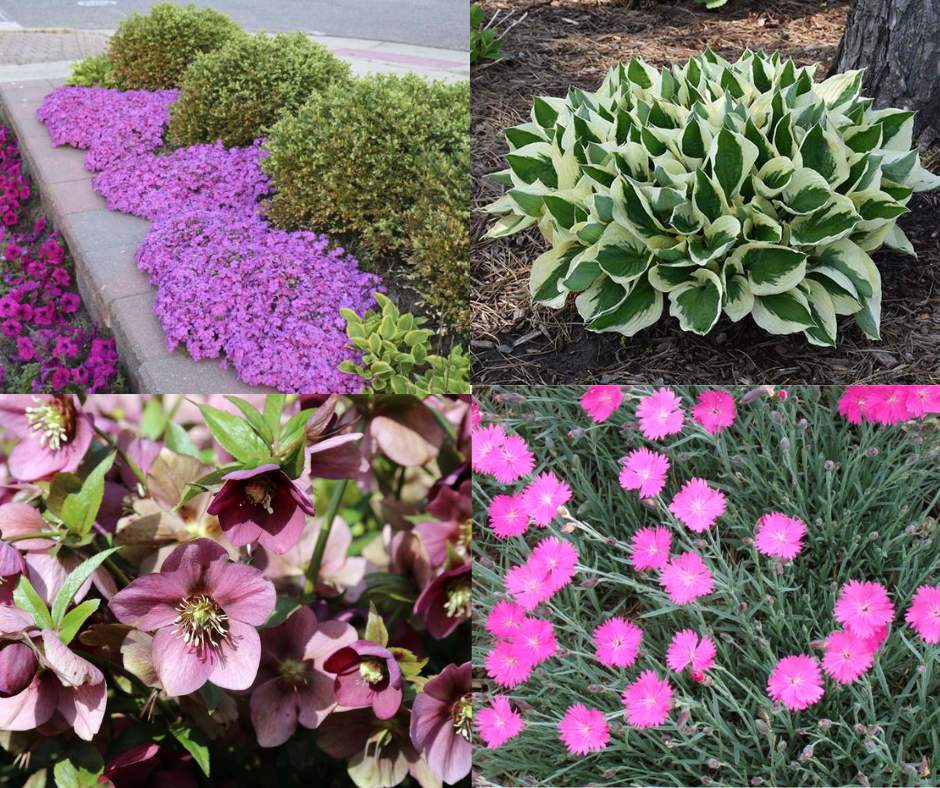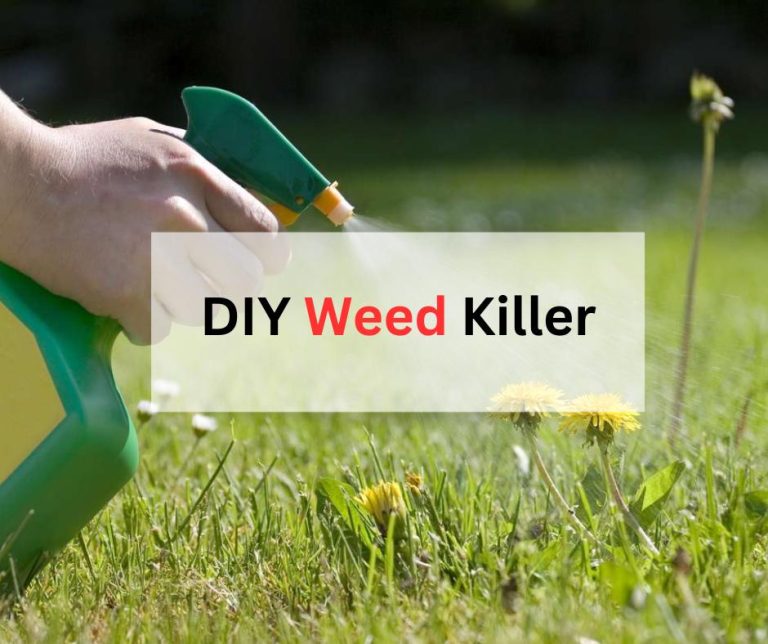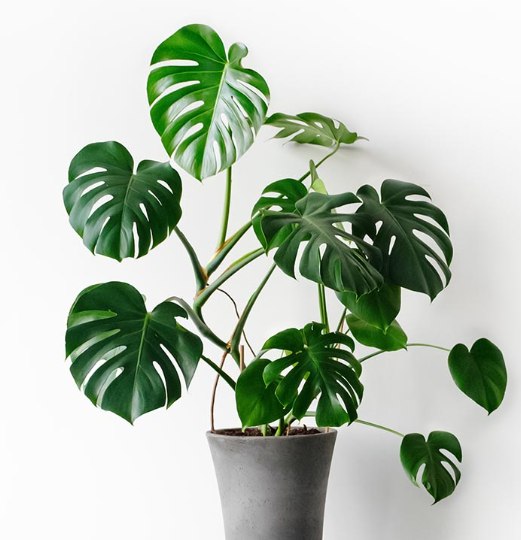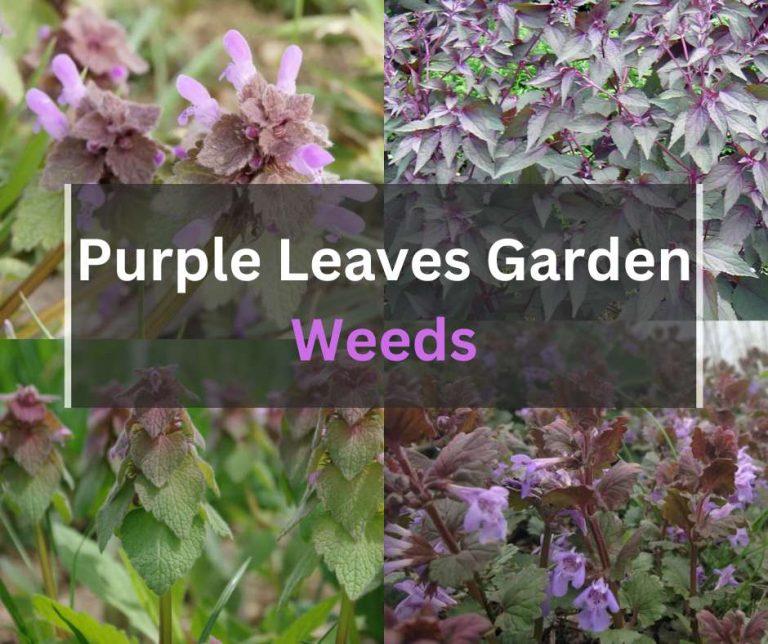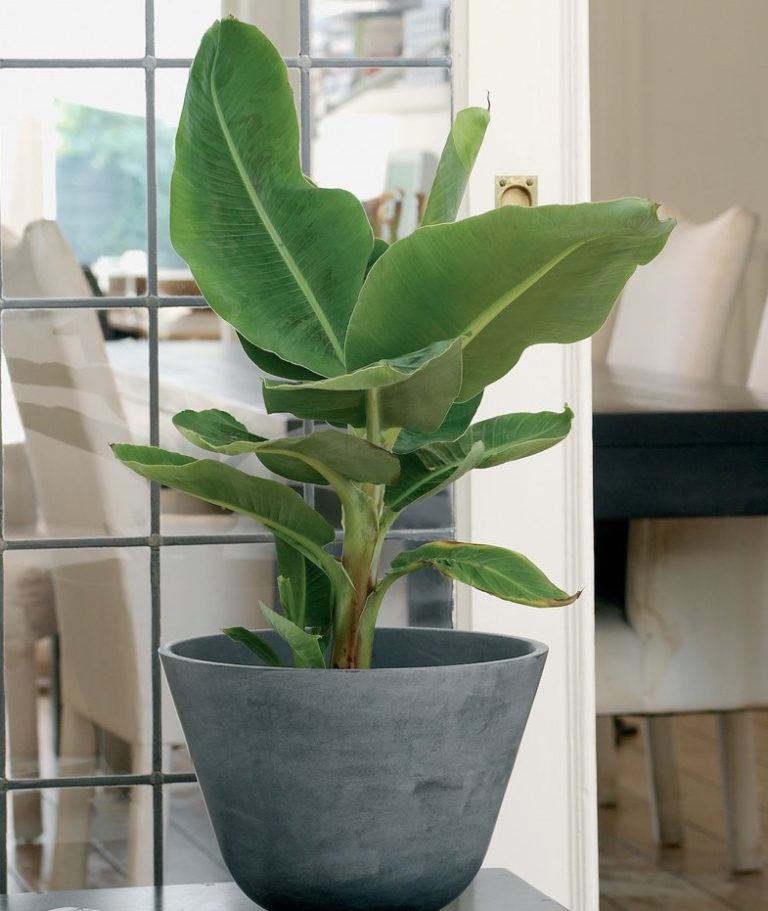13 Ground-Covering Plants That Will Keep Weeds Out Of Your Garden
There are multiple plants that help keep weeds out of your garden. But first, it is important to know how plants grow in your garden. Even the most effective plants cannot completely remove weeds. However, if you plant different kinds of weed-suppressing plants, you can significantly reduce the number of weeds in any garden.
Plants That Prevent Weeds
Here are the most common ground-covering plants that help keep weeds out of your garden. The areas we discuss are how to water them, their size, life span, and how to control weeds.
Purslane
Scientific Name: portulaca oleracea
Water: This plant is drought tolerant. You may have to water this plant once or twice a week in the season of spring or fall. Water dries up quickly in summer temperatures therefore, it is necessary to water two to three times a week. In winter, watering once every 15 days is proper.
Size: Purslane is an annual plant with rhizomes and fibrous lateral roots. It produces a branching, spreading mat about 2 feet wide and about 6 inches long on the ground.
Life Span: Purslane has a 3-month average lifespan. The onset of low temperatures in autumn usually kills plants.

Weed Prevention: Purslane’s leaves can shade the ground, making it difficult for weed seeds to receive the sunlight they need to grow. Weeds generally need sunlight to grow, so shading the soil can resist their growth. This plant has an extensive root system that can help stabilize the soil. This root network can make it more and more difficult for weed seeds to take root and grow. Any purslane plant can also be cut and eaten as the leaves, stems and flowers are completely safe to eat.
Clover
Scientific Name: Trifolium
Water: Because of their deep roots, clover lawns require little watering and can tolerate a variety of light conditions, from full sun to partial shade. When they are established, you can water clover lawns once a season and they will stay green, unlike grass lawns that need to be watered consistently.
Size: Trifolium repens, or clover, is a prostrate, mat-forming herbaceous perennial about four to six inches tall and spreading with stems 12 inches or more that root freely.
Life Span: White clover plants can live for up to 20 years, and some have lived for over 100.
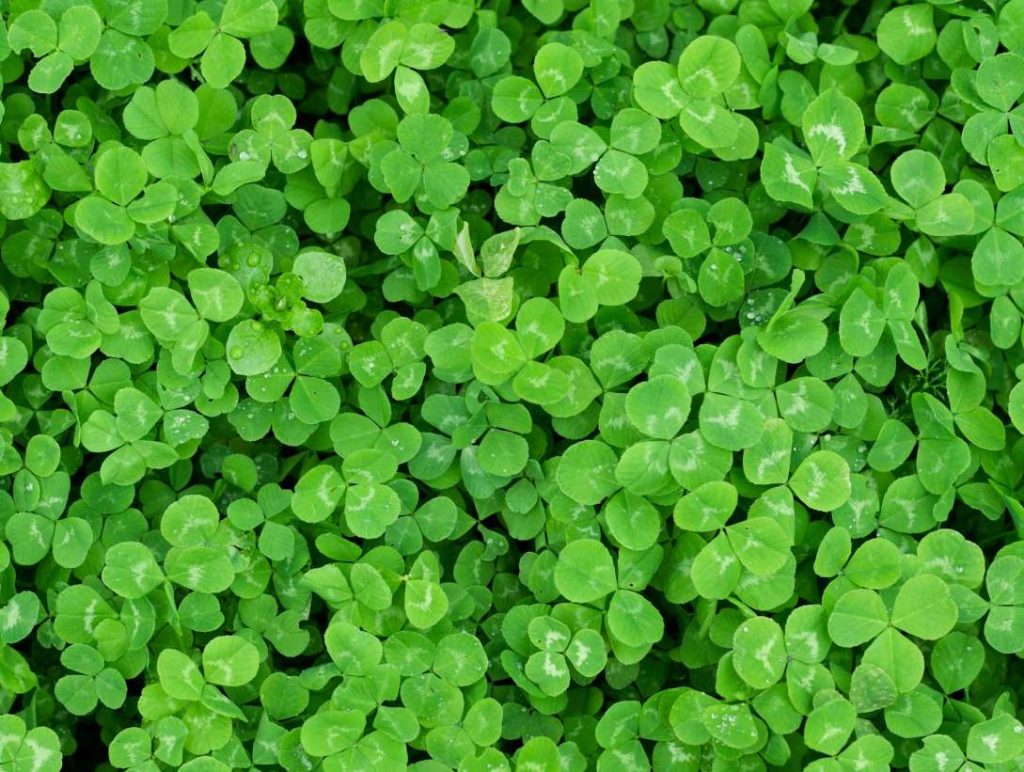
Weed Prevention: White clover (Trifolium repens) and red clover (Trifolium pratense), in particular, can effectively suppress weeds in your lawn or garden. Clover is a powerful ally in weed control due to its aggressive growth and resource competition. It creates a dense, shady mat of leaves that makes it difficult for weed seeds to germinate, effectively limiting their access to essential resources such as sunlight, water, and nutrients.
Moreover, clover enriches the soil and creates a nutrient-rich environment. This improved soil fertility benefits your favorite garden plants while challenging weed growth.
Besides, clover flowers attract pollinators and beneficial insects such as bees and ladybugs, which help control garden pests and improve weed management.
Lamb’s-ear
Scientific Name: Stachys byzantina
Water: Lamb’s ears require about an inch of water per week. Water once the soil is completely dry out. Regardless of its drought tolerance, larger leaves drop in hot weather. Excessive watering can cause leaf rot, leaf spot fungus, and powdery mildew.
Size: Lamb’s Ear is extremely easy to grow and also has a low, spreading habit and forms a dense up to 6-8 inches. A spread of 12-36 inches.
Life Span: Lamb’s-ear is a perennial plant, meaning it will live for several years.

Weed Prevention: Lamb’s ear initially inhibits weeds by forming a dense ground cover with its soft, fuzzy leaves, which shade the soil and make it difficult for weed seeds to receive the sunlight they need to germinate and grow. Additionally, lamb’s ear leaves have a natural wax coating that helps retain moisture in the soil, reducing the potential for weed growth.
Bugleweed
Scientific Name: Ajuga
Water: Soil should be moist, although bugleweeds are adaptable and may even be drought-tolerant. These plants are able to sustain themselves on normal rainfall, although watering may be necessary when it is particularly dry or your plant is located somewhere with full sun exposure.
Size: bugleweed is a short-growing herbaceous perennial native to Europe but now widespread in many parts of the world. This plant is typically 4-8 inches tall and spreads indefinitely to form an attractive ground cover.
Life Span: Bugleweed (Ajuga) is a perennial purple flower weed plant, which means it can live for several years and regenerate each spring from its root system. With proper care and maintenance, bugleweed can last for many years in your garden.

Weed Prevention: Bugleweed has a low, spreading growth habit and forms a dense mat of leaves. This dense growth shades the soil beneath it, making it difficult for weed seeds to receive the sunlight they need to grow. This shading effect prevents weed growth by reducing light availability.
Bugleweed’s root system is fibrous and extensive. This network of roots helps stabilize the soil and further reduces the opportunity for weed seeds to root and grow.
Creeping Mazus
Scientific Name: Mazus reptans
Water: This plant likes to be moist but not constantly wet. Make sure it is not exposed to excess water, as standing water causes root rot. Weekly watering, especially in hot and dry conditions, will ensure that your creeping magus can continue to grow. If it stays dry for too long, the leaves will begin to dry out and die.
Size: It grows up to 2 inches tall and 6-12 inches wide.
This plant prefers full sun to partial shade, growing best in average, medium to moist, well-drained soil.
Life Span: Creeping magus grows rapidly and can be expected to live about 10 years under ideal conditions.

Weed Prevention: Creeping mazes are one of the best weed controller plants. it covers the ground. Creeping mazus spreads quickly via root shoots. It tolerates foot traffic and can be used as a small-scale ground cover for lawn alternatives, in a rock garden, or between stepping stones.
Creeping Thyme
Scientific Name: Thymus serpyllum
Water: When its roots are growing, this creeping mazus prefers moist soil. It requires water on a daily basis. Creeping thyme requires little or no water once fully grown and prefers dry soil. Creeping thyme requires more than occasional natural rainfall as a water source.
Size: It can grow up to 3 inches tall and spread over time by tearing stems up to 12 inches long. It loves the sun and this plant grows well in moderately fertile, average to dry, alkaline to neutral, well-drained soil.
Life Span: The life span of the root plant is usually three to five years. However, it is a fruitful plant and self-seeder. After a few years, it may look woody and spindly, so you may decide to cut off its woody stems.
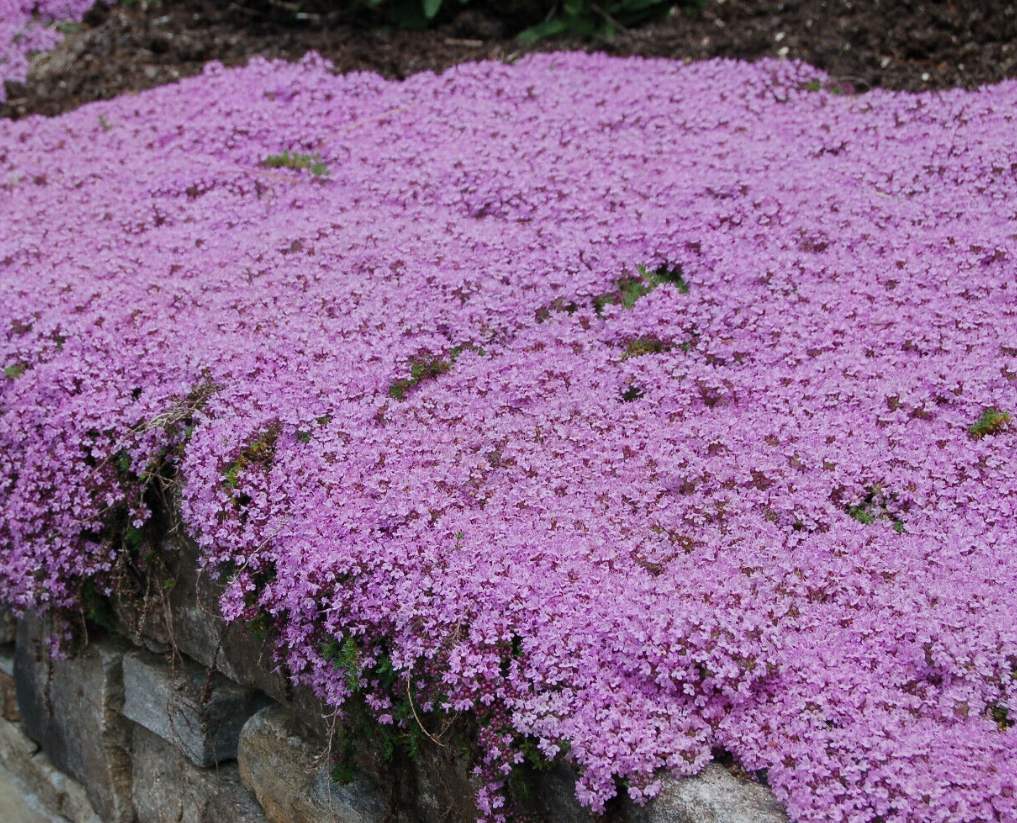
Weed Prevention: Creeping thyme’s low growing habit and dense foliage create a mat that effectively suppresses weeds, while its delicate purple flowers add a burst of color and attract pollinators. It is a versatile groundcover that serves multiple purposes including preventing weed growth in the garden.
Ground Elder
Scientific Name: Aegopodium podagraria
Water: This plant should be watered once a week so that the soil retains enough moisture for it to grow.
Size: This plant is usually 1-2.5 inches tall and has basal leaves and flowering stems with alternate leaves. The stems of this plant are light green and shiny. Basal and lower leaves have 6-9 leaflets and upper leaves have 3 leaflets.
Life Span: It usually flowers from late spring to mid-summer and the seeds mature in autumn. Seeds mostly fall near the parent plant, but germination is usually negligible in the partially shaded conditions where this plant normally grows.
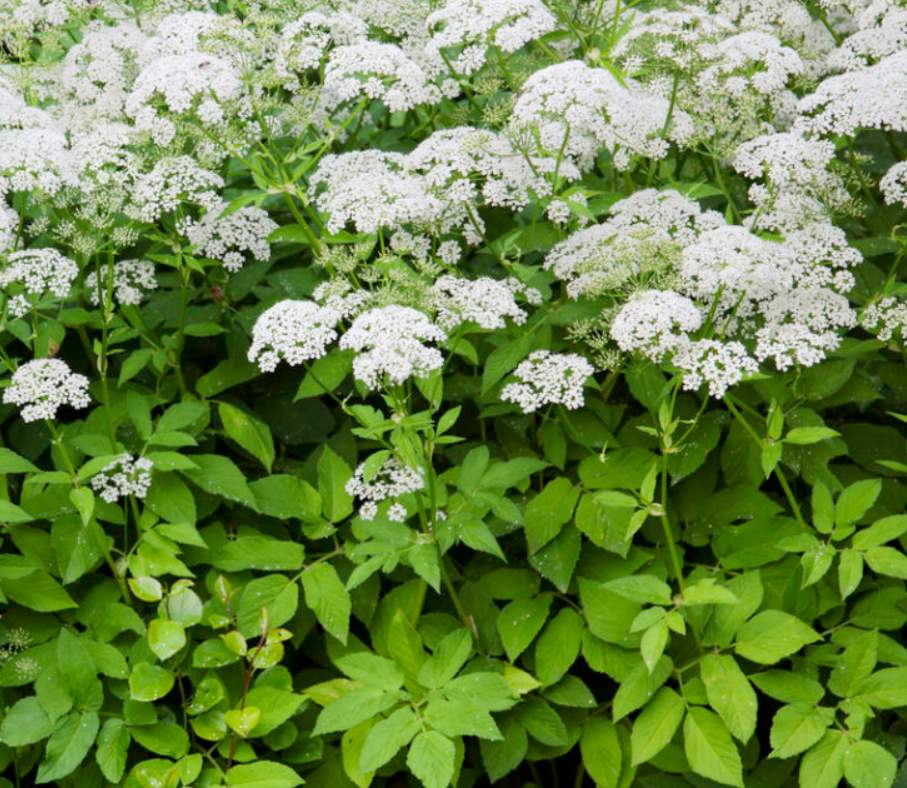
Weed Prevention: Ground elder forms a thick carpet in garden beds, and also in natural areas of woodland where it has escaped from gardens, this thick carpet obliterates all native spring ephemerals, blocks their access to the sun, out-competes them for resources, and keeps them from being able to grow.
Creeping Phlox
Scientific Name: Phlox stolonifera
Water: Creeping phlox requires regular watering. It is also essential not to overwater to establish a healthy root system, as this can lead to root rot. During hot and dry seasons, water deeply once or twice a week, allowing the soil to dry out slightly between waterings.
Size: Creeping phlox is only 3-6 inches tall but quickly grows to 12-24 inches wide in a beautiful flower carpet that resembles moss, hence the common name moss phlox.
Life Span: Drummond’s phlox is an annual plant, which means it only lives for one year.

Weed Prevention: Creeping phlox has dense growth, which helps to reduce weed growth by forming a mat-like ground cover that blocks sunlight from plants growing below and chokes out weeds. Planting this close together can promote dense growth.
Sweet Woodruff
Scientific Name: Galium odoratum
Water: Sweet woodruff is native to moist, sometimes waterlogged soils, but is strong enough to survive in dry conditions. The plant spreads more aggressively when there is plenty of water. It should be watered during long dry spells to avoid it taking over the garden.
Size: The plant grows to about 6 to 8 inches tall and 12 inches wide.
Life Span: It grows at a rapid rate, and under ideal conditions can be expected to live about 10 years.
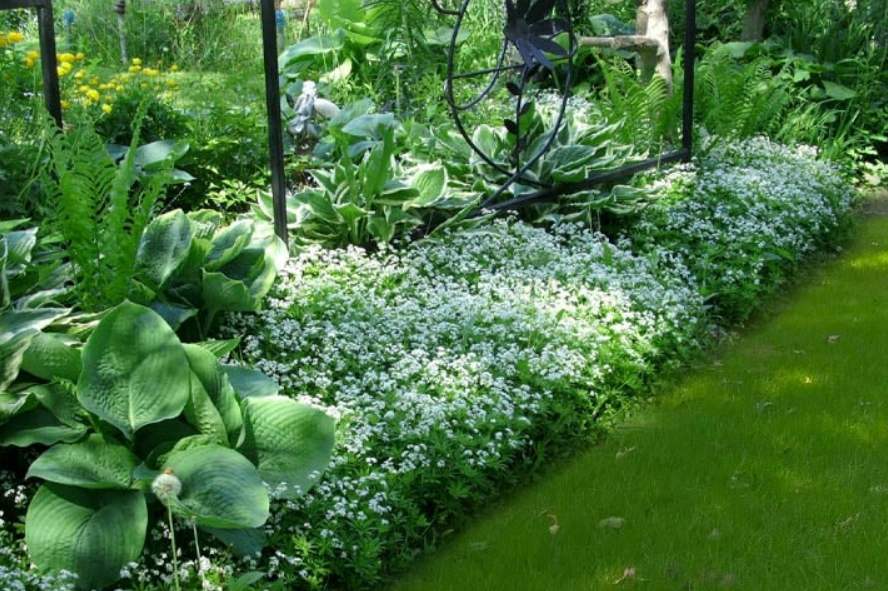
Weed Prevention: Since it is a ground cover plant, weed seeds cannot penetrate sweet nutmeg to reach the soil surface. However, even though it is still growing and not fully established, you may want to put down some mulch to protect the surface beforehand.
Let’s talk about ground cover plants and weed control in a more accessible way. It’s similar to realizing there isn’t a magical plant that can completely eradicate weeds from your garden. Consider it more like assembling a team of ground cover plants, each with its own unique weed-fighting abilities. These green allies will assist, but they will not do so alone.
To keep those pesky weeds at bay, you’ll still need to roll up your sleeves and do some hand weeding and spread mulch. A beautiful, weed-free garden requires collaboration.

I am the founder of FinalGardening. With over five years of hands-on experience in gardening. I have dedicated myself to sharing my expertise and insights with fellow gardening enthusiasts. I aim to empower you with the information and necessary resources to achieve gardening success.

